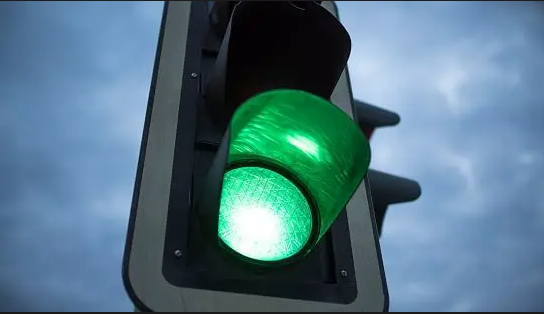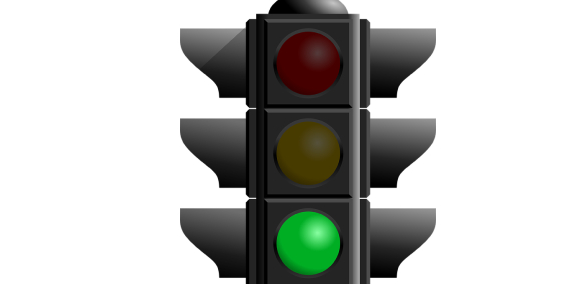Understanding the Concept of a Stale Green Light: Definition and Significance
When it comes to traffic signals, we often encounter the terms "red light" and "green light," which are universally recognized as indicators to stop and go, respectively. However, there is another term that is less commonly known but equally important: the "stale green light." In this article, we will explore the meaning and significance of a stale green light, shedding light on its role in traffic management and safety.

Stale green light
1. What is a Stale Green Light?
- Definition: A stale green light refers to a traffic signal that has been green for an extended period, indicating that a signal change may occur soon.
- Duration: The duration of a stale green light varies depending on factors such as traffic flow, intersection design, and signal timing.
2. Importance of a Stale Green Light
- Traffic Flow Management: Stale green lights help manage the flow of traffic by signaling that a green signal change is imminent, allowing drivers to prepare for potential signal transitions.
- Intersection Safety: Stale green lights play a crucial role in intersection safety by providing drivers with advanced warning of an upcoming signal change, enabling them to make informed decisions and avoid abrupt stops or collisions.
3. Driver Behavior at a Stale Green Light
- Anticipating Signal Change: When approaching a stale green light, drivers are expected to anticipate a potential signal change and adjust their speed accordingly.
- Caution and Preparedness: Drivers should exercise caution, be prepared to stop if necessary, and avoid accelerating excessively when encountering a stale green light.
4. Factors Affecting Stale Green Lights
- Traffic Volume: The volume of traffic approaching an intersection can influence the duration of a stale green light, with higher traffic volumes often leading to shorter durations.
- Intersection Complexity: The complexity of an intersection, such as the number of lanes, turning movements, and pedestrian activity, can affect the timing of signal changes and the occurrence of stale green lights.
5. Intersection Design and Signal Timing
- Advanced Warning Systems: Some intersections incorporate advanced warning systems, such as countdown timers or flashing yellow lights, to provide additional information to drivers approaching a stale green light.
- Signal Coordination: Signal timing plans and coordination efforts aim to minimize the occurrence of stale green lights and optimize traffic flow through synchronized signal changes.

Traffic lights
A stale green light refers to a traffic signal that has been green for an extended period, indicating that a signal change may occur soon. This concept is essential for traffic flow management and intersection safety. By understanding the meaning and significance of a stale green light, drivers can better anticipate signal changes, exercise caution, and contribute to overall traffic efficiency and safety. Traffic engineers and transportation planners also play a vital role in designing intersection layouts and optimizing signal timing to minimize the occurrence of stale green lights. Ultimately, promoting awareness and adherence to traffic signals, including stale green lights, contributes to a smoother and safer traffic experience for all road users.